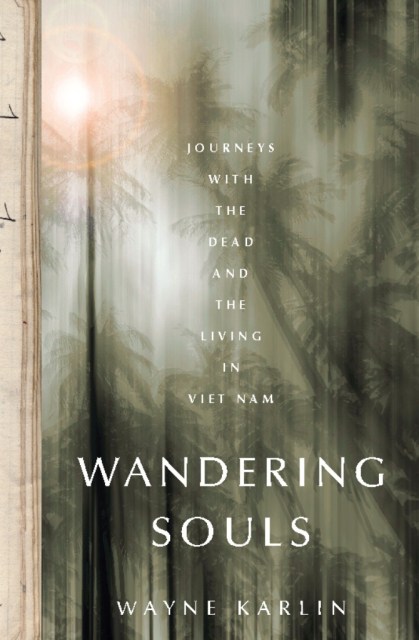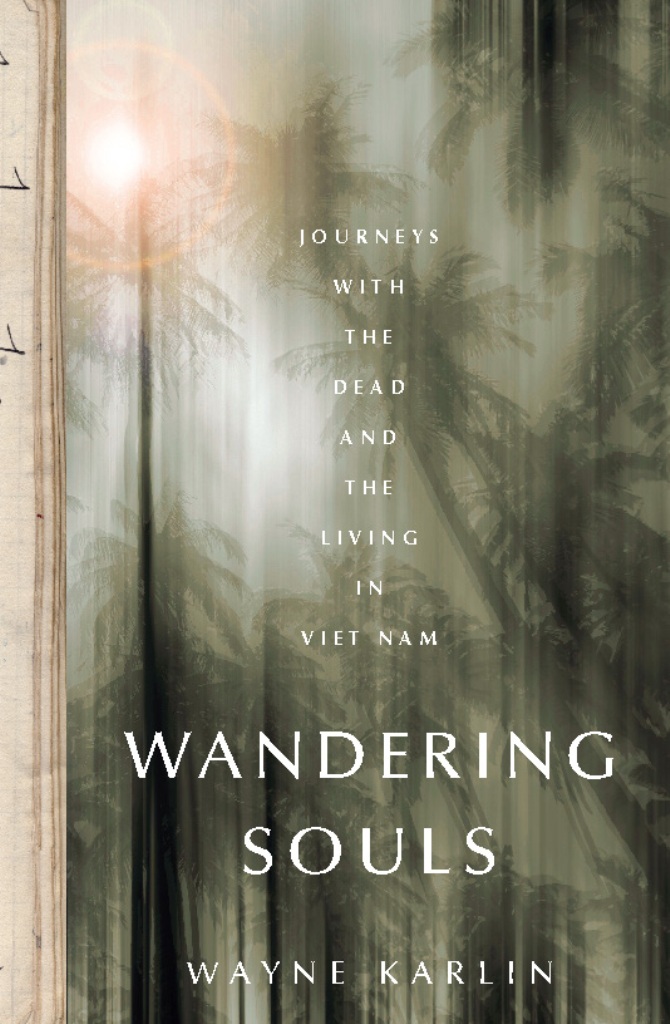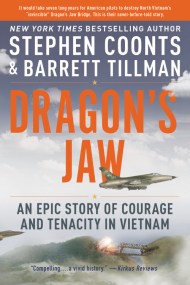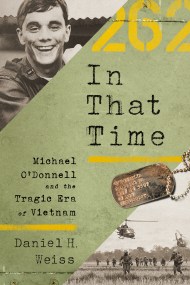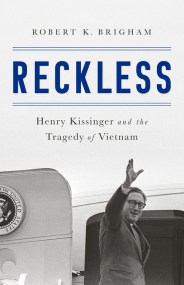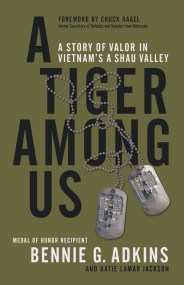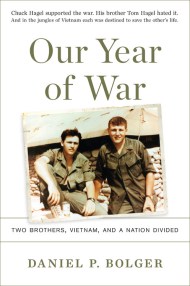Promotion
Use code MOM24 for 20% off site wide + free shipping over $45
Wandering Souls
Journeys With the Dead and the Living in Viet Nam
Contributors
By Wayne Karlin
Formats and Prices
Price
$12.99Price
$15.99 CADFormat
Format:
- ebook $12.99 $15.99 CAD
- Trade Paperback $21.99 $28.99 CAD
This item is a preorder. Your payment method will be charged immediately, and the product is expected to ship on or around September 29, 2009. This date is subject to change due to shipping delays beyond our control.
Also available from:
Fellow veteran and award-winning author Wayne Karlin accompanied Steedly on his remarkable journey. In Wandering Souls he recounts Homer’s movement towards a recovery that could only come about through a confrontation with the ghosts of his past — and the need of Dam’s family to bring their child’s “wandering soul” to his own peace.
Wandering Souls limns the terrible price of war on soldiers and their loved ones, and reveals that we heal not by forgetting war’s hard lessons, but by remembering its costs.
Genre:
- On Sale
- Sep 29, 2009
- Page Count
- 376 pages
- Publisher
- Bold Type Books
- ISBN-13
- 9781568586106
Newsletter Signup
By clicking ‘Sign Up,’ I acknowledge that I have read and agree to Hachette Book Group’s Privacy Policy and Terms of Use
